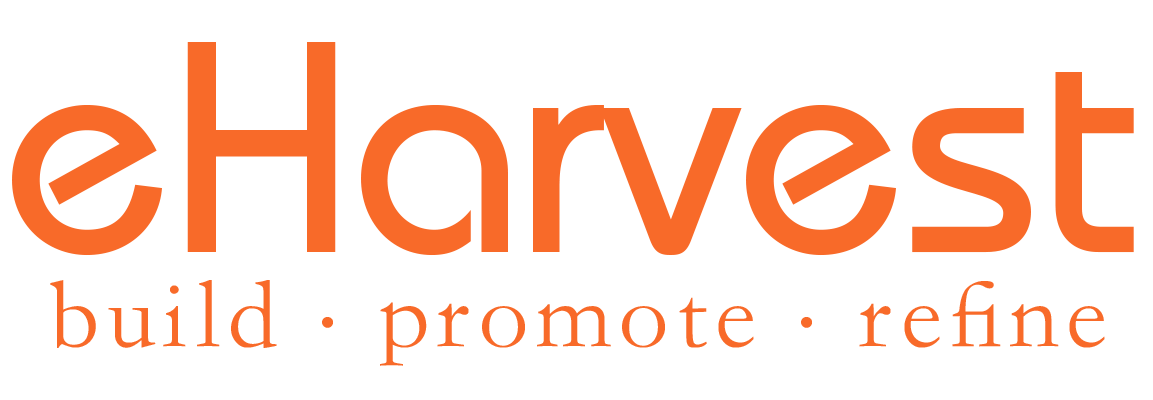Ever since we started eCommerce developing, we often found it’s hard to believe when an eCommerce store was launched with little to none custom product attributes. Obviously, for most developers, they don’t really care about the improved usability offered by custom attributes because they merely provide end-to-end services, in other words, their project ends when a site is launched.
At eHarvest, launching a new store is just a milestone of my customer service journey, is the Refine and Promote really define our passion and responsibilities as an eCommerce solution provider – what’s the point of building an online shop without knowing what’s the future going to look like?
As we take on the journey of starting a new eCommerce business completely from scratch, we discovered the significance of understanding product attributes: it not only makes online stores more organised, usable but also improves the efficiency of store management. Without carefully crafted custom attributes, a lot of marketing ideas are simply impossible to achieve. If a Magento store manager is trained with the right knowledge of how to create and use custom attributes, the possibility of refinement he or she can contribute through the life cycle of eCommerce is almost endless.
Put this way, if you don’t recognise the significance of custom product attributes, you know nothing about eCommerce developing. Let’s find out why.
What are product attributes?
eCommerce stores usually consist hundreds of thousands of products, so there’s a strong demand for a mechanism to find products quickly – apart from search (providing users already know the products), this can only be fulfilled by creating custom attributes. Product attributes are product’s characteristics, in which products can be tagged, identified or classified. In the context of online shopping, it makes no sense to create a list of all attributes for all products, instead what we look for is some thing in common, in which products can be grouped together. Therefore a product attribute is a shared product characteristic which can be used to group/classify products.
Why do we need custom attributes?
We need custom product attributes because it is a common place that: same products can be classified into many different categories, so those custom attributes are created to supplement (we couldn’t find a better word!) our main navigation, generating exciting browsing features which almost feels like handcrafted.
A cotton poplin tailored size M navy mens business shirt with herringbone pattern in a half decent online fashion store would just be classified as Size M mens shirt; whilst in a refined online fashion shop, the same product will have a list of thoughtfully created custom attributes associated with it:
- material – cottom
- design – tailored
- fabric type – poplin
- shirt type – business
- colour – navy
- pattern – herringbone
As we can see immediately the later provides a lot more information which make the shirt so much more desirable – remember what we mentioned in our Fundamentals to eCommerce Success: more details = better sales. Besides, rich product attributes also gives online stores a premium feel – buyers will likely to think that: ‘the owners must really know their stuff’. Another perfect reason why buyers are more likely to be ’emotionally attached to”.
From a store managers’ perspective, this also enable them to create a sales campaign such as “10% Off all cotton shirts, one week only”.
As a summary, using custom attributes allows us:
- create a tailored shopping experience
- better ways of categories products
- easier navigation since custom attributes can be turned into shopping filters
- guided shopping experience – for the less familiar customers: they are able to learn on the fly because the navigation system is designed to be informative and instructive
- it also comes down to ’emotional targeting’ and ‘immersive design’, where user experience is like art – can only be improved but never finished
The pitfalls of using product attributes as variations
There are however pitfalls that all Magento users should be aware of – overcrowd custom attribute options can create web performance issues. In a layman’s term, if you create too many (We would consider over 50 is too many, although the impact is less significant in Magento 2) attribute options within one attribute, your store can dramatically slow down when users try to visit categories related to this attribute. This has been confirmed in Magento 1 according to our extensive testing.
Out of all attributes, colour is the one that most likely to encounter this issue, therefore we recommend to create more than one colour attributes (a possible way is colour attributes per brand). Let’s give an example and explain in numbers: let say you have 1000 colour options among 200 brands, if you dare to put all 1000 colour options in one colour attribute, you will certainly kill the performance of your store – no matter how good your server is and how much you tune up the page speed – what you’re doing is against database logic. This is simply because data are stored in arrays, and it is so much more time consuming to query a particular colour option (which happens when a product is loaded) in a stack of 1000 items than to query 200 arrays with only 50 items in each.
Therefore, we strongly recommend at the very beginning of your eCommerce project, have your categories and custom attributes well planned out. This blueprint will guarantee your store to have a better out of the box performance; not to mention the fix will be very costly.
